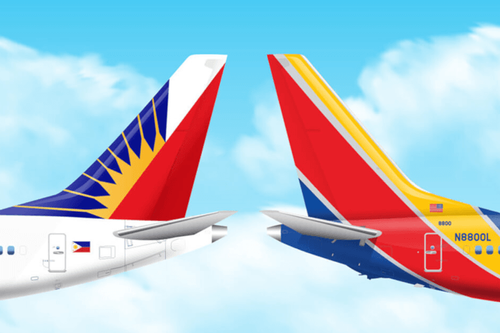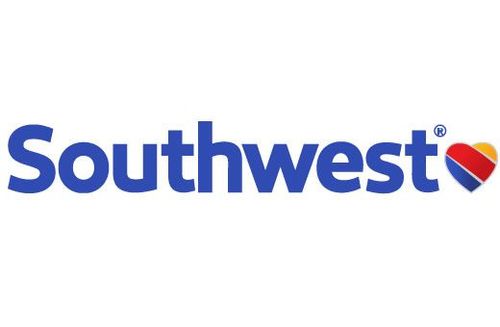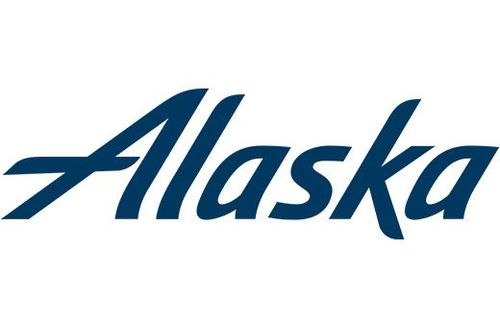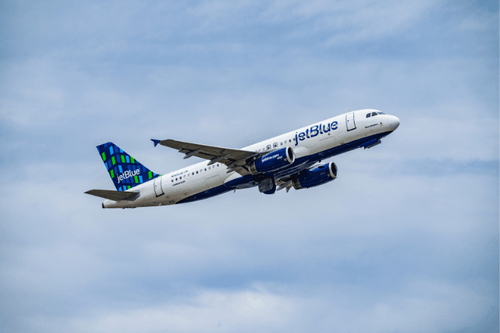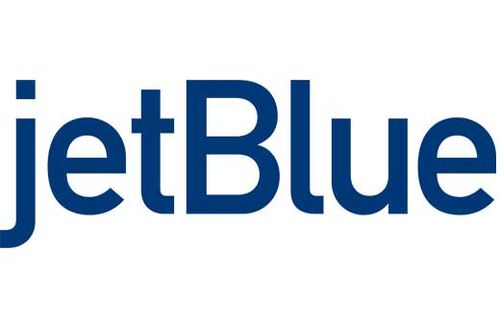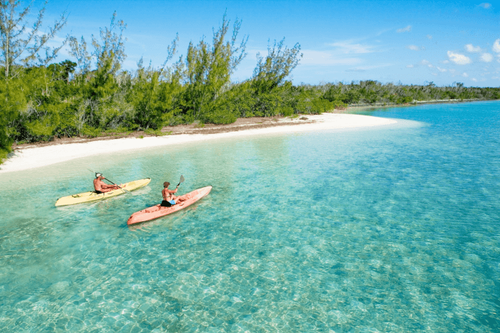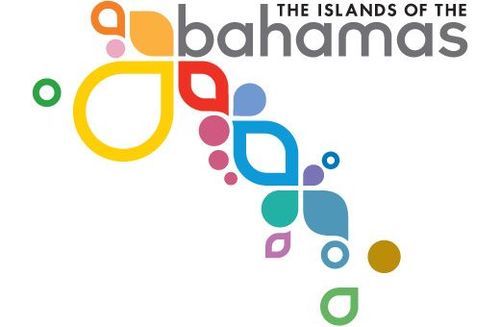Where travel agents earn, learn and save!
News / 18 years ago Concorde operated its last passenger flight
It has now been 18 years since British Airways operated the last-ever scheduled passenger service using the supersonic Aérospatiale/BAC Concorde
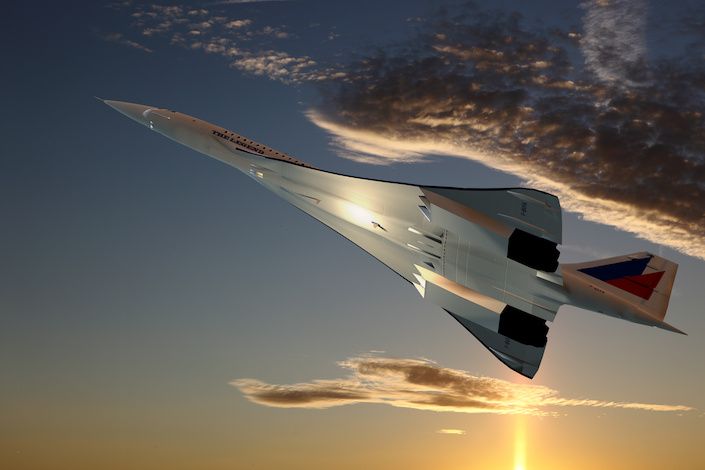
It is often said that time flies, and, rather aptly, that is certainly true of aviation history. Indeed, it has now been 18 years since British Airways operated the last-ever scheduled passenger service using the supersonic Aérospatiale/BAC Concorde. The UK retired the type with extensive fanfare, following nearly three decades of awe-inspiring supersonic travel.
27 years of service
When Concorde’s story came to a spectacular close on October 24th, 2003, it had been carrying passengers at speeds of up to Mach 2 for 27 years. The type first flew on March 2nd, 1969. However, nearly seven years of further testing followed before it could enter service. It eventually did so on January 21st, 1976, with Air France and British Airways.
Air France launched Concorde on the Paris-Dakar-Rio de Janeiro route. Meanwhile, BA deployed the delta-winged icon on services from London to Bahrain. Over the years, Braniff and Singapore Airlines also briefly operated services using BA and Air France’s Concordes. Both the British and French flag carriers operated seven examples of the type.
Concorde became best-known for its presence on lucrative transatlantic routes from London and Paris to New York and Washington DC. These began in 1977, and slashed journey times to around three hours. The fastest passenger-carrying crossing took just two hours, 52 minutes, and 59 seconds, on a 1996 British Airways flight from New York to London.
All good things must come to an end
Concorde was an awe-inspiring aircraft that made the dream of supersonic air travel a reality for around 100 passengers at a time. Unfortunately, no aircraft can last forever, and a combination of different factors in the early 2000s forced the type into retirement.
For example, the crash of Air France 4590 affected Concorde’s public image. 100 passengers, nine crew members, and four people on the ground perished in the tragic accident. F-BTSC crashed in Paris in July 2000 when the aircraft suffered a fire after striking debris on takeoff. Then, just over a year later, the 9/11 attacks prompted an industry-wide downturn.
With the aircraft now getting old, Airbus also ceased to offer maintenance support for Concorde. This prompted Air France and British Airways to announce in April 2003 that they would be retiring the type. The airlines also cited low demand, which didn’t recover after the crash of AF4590. Regarding rising maintenance costs, British Airways stated:
“BA has decided that such an investment cannot be justified in the face of falling revenue caused by a global downturn in demand for all forms of premium travel in the airline industry.”
This wasn’t a decision that Concorde’s operators took lightly. After all, the BBC reported at the time that the type was certified to continue flying until 2009. The retirement cost British Airways £84 million (£136 million/$187.5 million today) in write-off costs.
Au revoir, Concorde
Air France was the first of Concorde’s two operators to retire the type, doing so in May 2003. its final scheduled passenger-carrying flight with the French flag carrier took place on the 30th of that month. Within a month, the final Air France Concorde flight of any kind had taken place. This saw the carrier’s final example fly to Toulouse for retirement.
Five of Air France’s seven Concordes are in preservation today. Alongside the example destroyed in the 2000 Paris crash (F-BTSC), the only one not to still be in preservation is F-BVFD. This example was broken up in 1994 after suffering corrosion due to being stored outside as a source of spare parts. The preserved ones are in France, Germany, and the US.
A grand British farewell
British Airways continued flying Concorde for a little longer, but the UK flag carrier had also retired the type before 2003 was over. On October 24th, 2003, 27 years of supersonic history came to an end when BA operated its final passenger-carrying Concorde service from New York JFK to London Heathrow. As seen below, huge crowds gathered for its arrival.
According to the BBC, the jet touched down at the UK’s busiest airport at 16:05 local time on the day in question. This marked one of three closely-spaced Concorde arrivals, and the service from New York was loaded with 100 celebrities enjoying a final trip on the plane. The other arrivals were from Edinburgh, and a circular trip around the Bay of Biscay.
In addition to the warm British welcome at London Heathrow, New York JFK Airport also marked Concorde’s final departure. Not content with an average water salute, the aircraft was sprayed with colored water depicting the red, white, and blue of the British, French, and American flags. While a sad day, it was a fittingly spectacular end to Concorde’s career.
After the retirement
Just over a month after Concorde’s last passenger-carrying service, British Airways flew the last Concorde flight of any kind. According to the BBC, BA flew 100 of its employees on a circuitous voyage from Heathrow to Filton, Bristol. The trip lasted one-and-a-half hours, and even achieved supersonic flight for one final time over the Atlantic Ocean.
Following this, the aircraft, whose registration was G-BOAF, then made a loop of the Bay of Biscay, before heading for its spiritual home, where it had been built. It touched down at around 130:00 local time following a lap of honor past some of Bristol’s most famous sights, such as the Clifton Suspension Bridge. G-BOAF remains on display at Filton today.
And how about the aircraft that operated the final passenger service, 18 years ago on October 24th? Registered as G-BOAG, it remains on display for a new generation to discover the wonder of supersonic air travel at the Museum of Flight in Seattle. Earlier this year, Simple Flying reported that it was undergoing an overhaul, which saw it get a fresh coat of paint.




